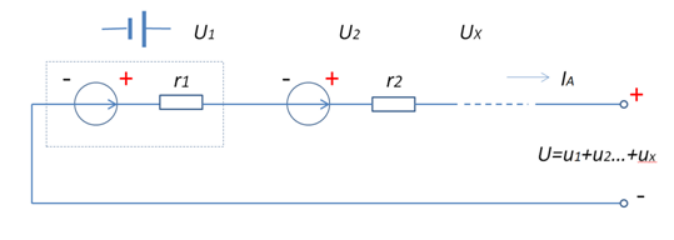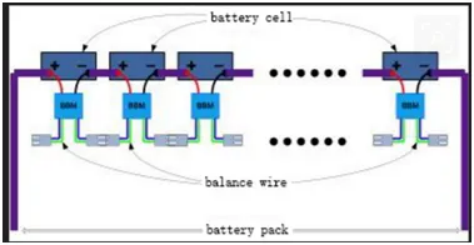© Copyright 1976-2017 Shenzhen Vodno Technology Co., Ltd All rights reserved. Powered by iwonder.cn
System balancing techniques are not a new concept. Battery balance is not a new term, it has been used for at least 30 years on nickel-cadmium batteries. It’s just that the early technology is simple and inefficient. The principle and method are: use a power resistor to reduce the voltage of the highest cell in the series in the form of energy consumption to reduce the voltage difference and accidents caused by charging. Compared with today's technological development, in terms of hardware and software management, there is no comparison. But in terms of its mechanism, it is the same: to ensure the safety of the battery, and to reduce the difference of the single battery.
The application of batteries in the system is mainly to obtain high voltage through series connection to meet the load requirements. For example, the voltage of the rated 48V power supply is the voltage superposition effect formed by the nominal 3.7V of the monomer and 12~13 single cells connected in series. 12~13 individual cells cannot be exactly the same due to differences in production processes, such as production dates, environmental differences, electrode thickness, area, electrolyte filling volume, etc., and can only be made within a certain range to meet the deviation requirements. Therefore, the difference of its intrinsic physical quantity is not difficult to understand. But its series circuit, when charging and discharging, the current flowing through is the same. If r is used to represent the internal resistance of a cell, then, due to the difference in internal resistance, the voltage displayed by the single cell will be different. When charging, the one with large internal resistance will be fully charged in advance or close to the upper limit voltage. At this time, in order to prevent overcharge damage or cause catastrophic results, it is necessary to pull down the highest single voltage, close to or remain within the upper limit value . This is a form of equalization, and it is also the prototype and basis of equalization technology.

In other words, balancing is to make each cell parameter close to the average value of a group of cells. Voltage is one of the intrinsic parameters of the battery. In many cases, the most direct manifestation of equalization is the equalization of voltage. Before equalization, the cells connected in series show inconsistency in voltage. Reducing the pressure difference to reach the specified value is another form of equalization, and it is also the function that needs to be realized in the end.

The previous section focused on the essence of balance, and let's look back at the degree of impact on the battery. The intrinsic characteristics of the battery cell are mainly reflected in the change of internal resistance and voltage, which can be directly measured, and potentially correspond to the calculated power and capacity. There have always been different opinions and controversies on the role of the balancing function in improving the state of the battery system. However, one thing is certain: increasing the equalization function cannot change the inherent characteristics of individual cells. However, whether it can delay the attenuation of battery performance remains to be proved by further research and use data. Therefore, it is not correct to blindly exaggerate the role of the balance function.
System balance, first of all, can ensure the safety of the system; secondly, it can promote the increase of chargeable and discharge capacity. It can better reflect its advantages in the EV application of deep charging and deep discharging. With the deepening of new energy development, there are still more technical issues that need to be studied and analyzed, such as: the optimal entry point of the balanced operating point; how to accurately capture and judge the battery status; how to effectively reduce the individual battery decay speed, etc.
For more information, please contact Vodno directly.